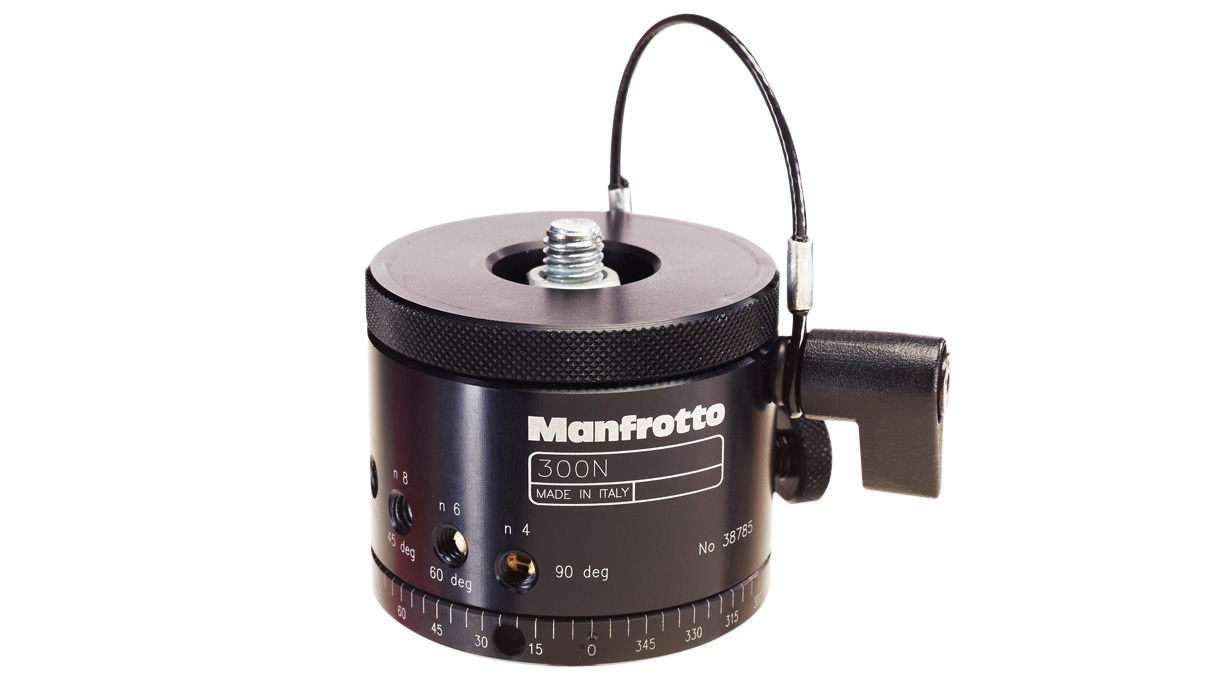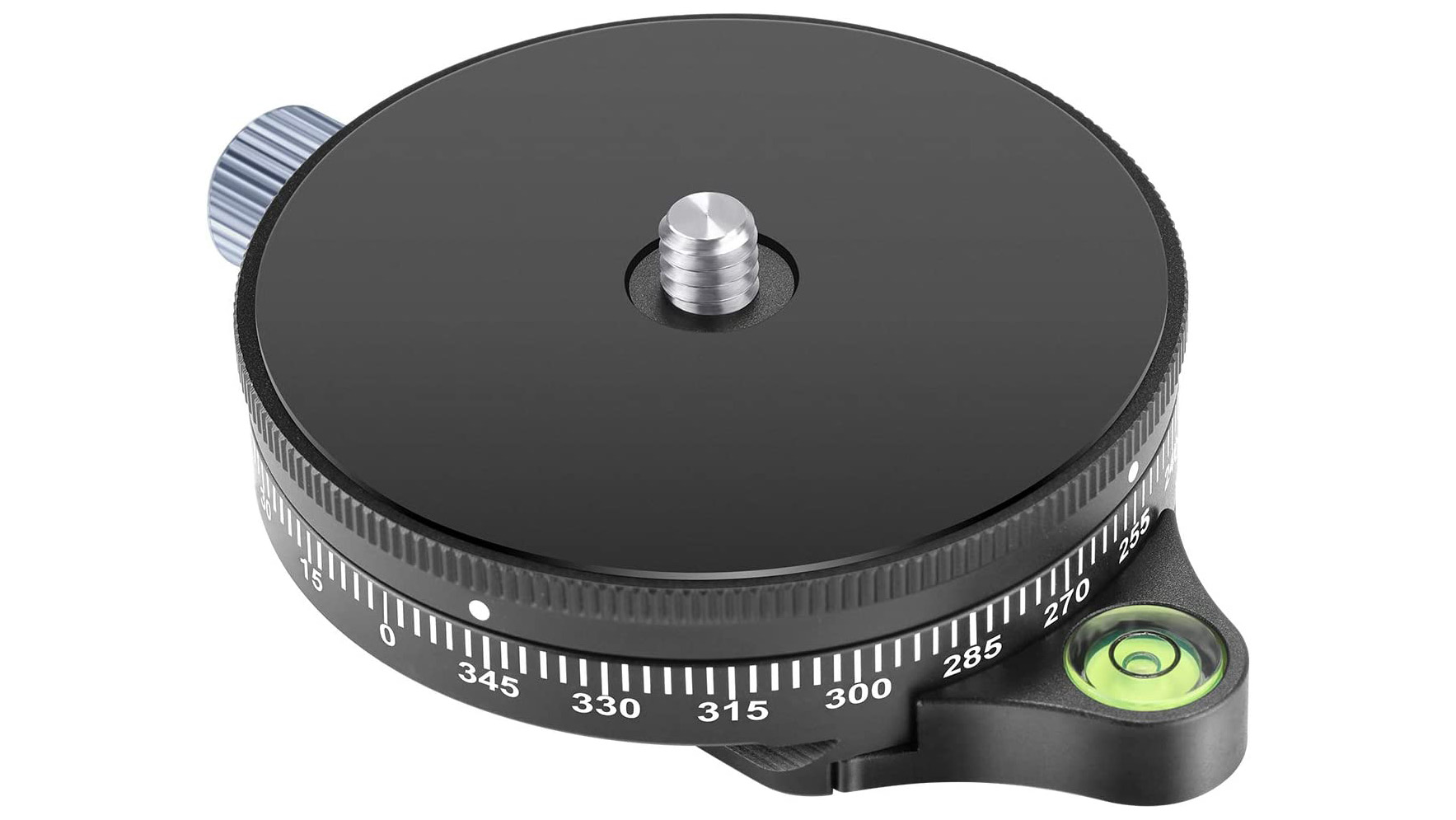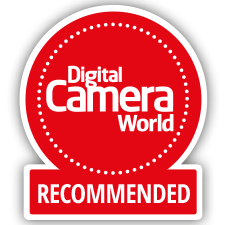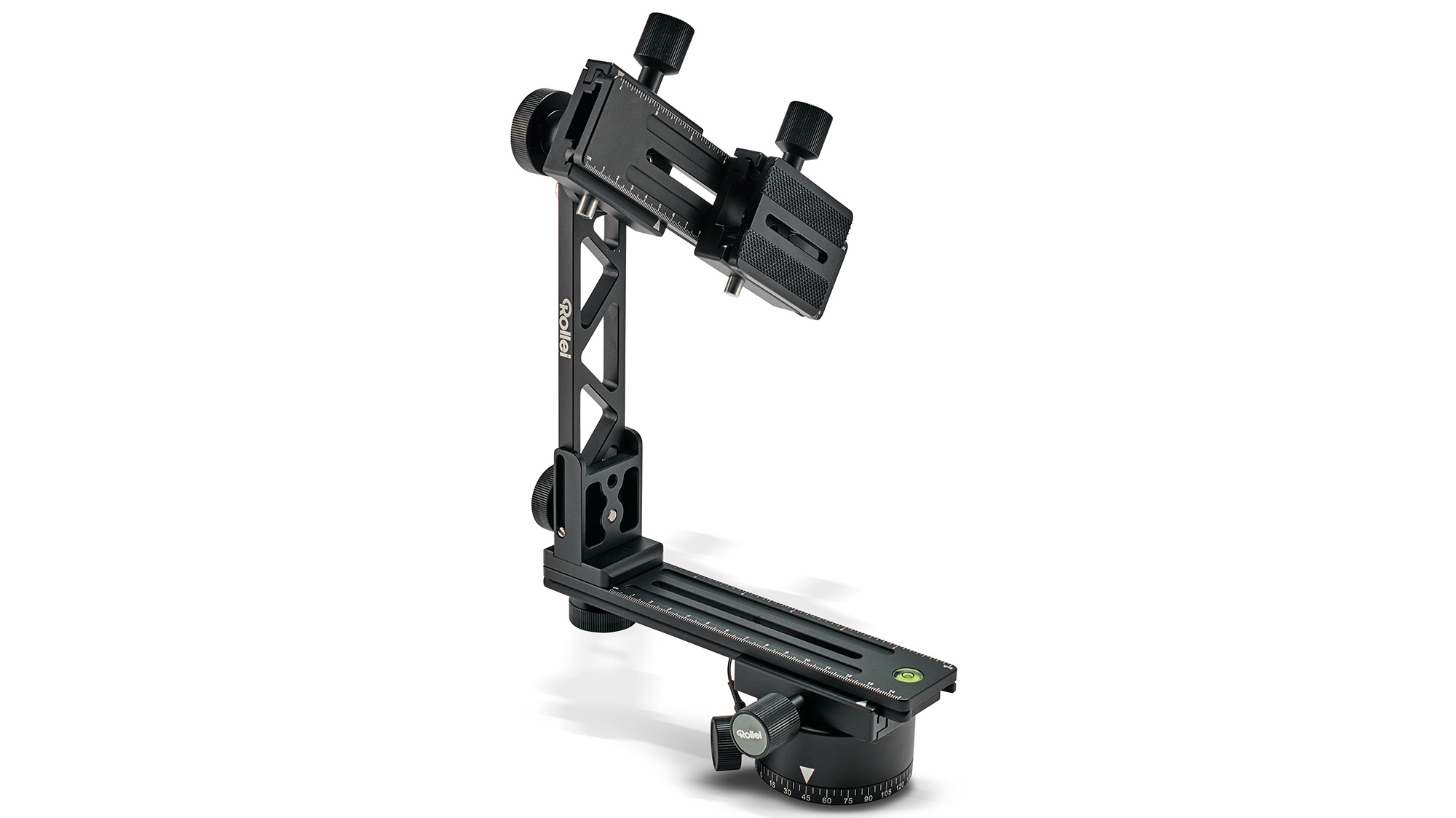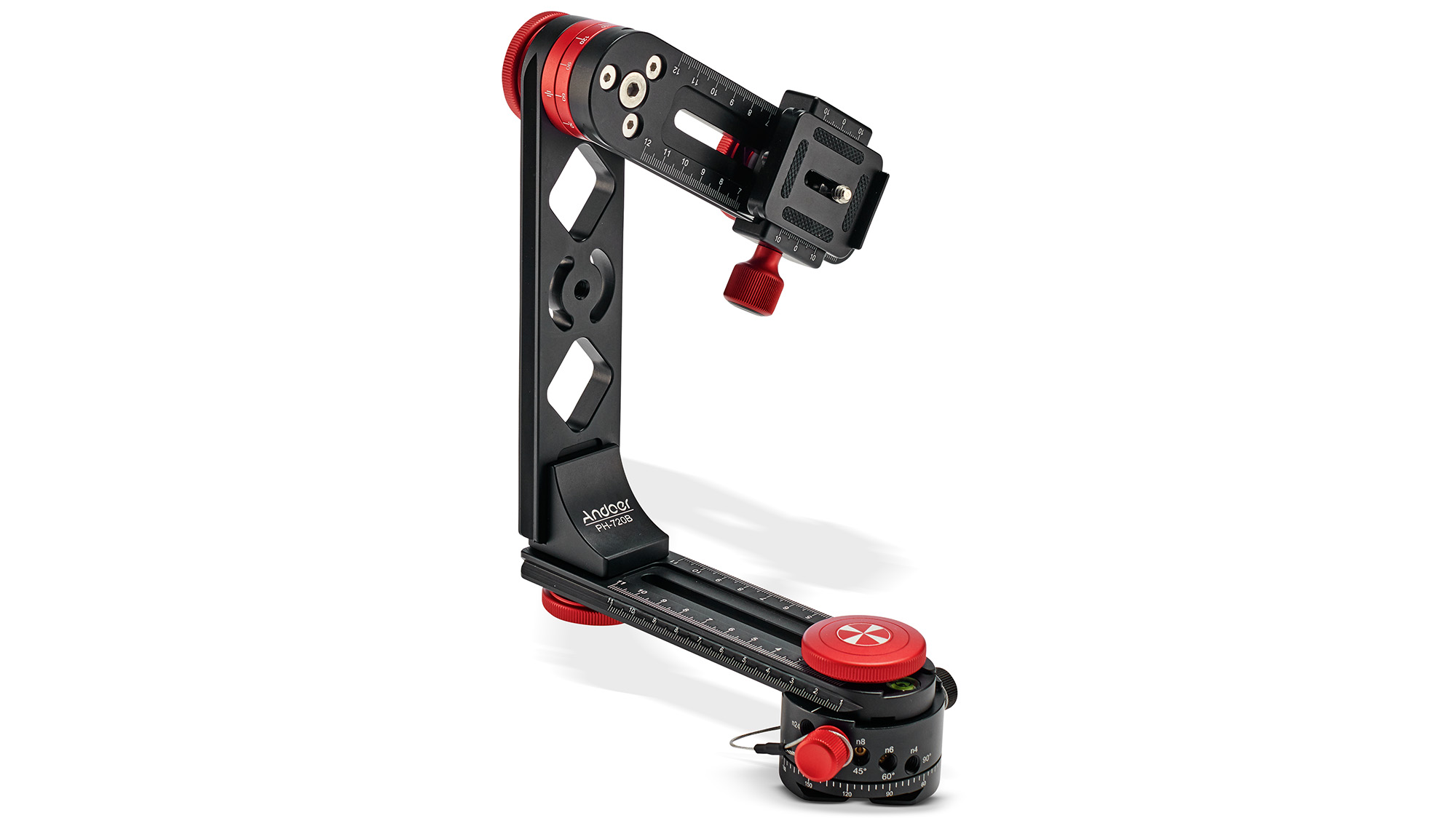The best panoramic tripod heads: get a wider view with your camera!
With the best panoramic tripod heads you can capture wide scenic shots, or even wraparound spherical panoramas
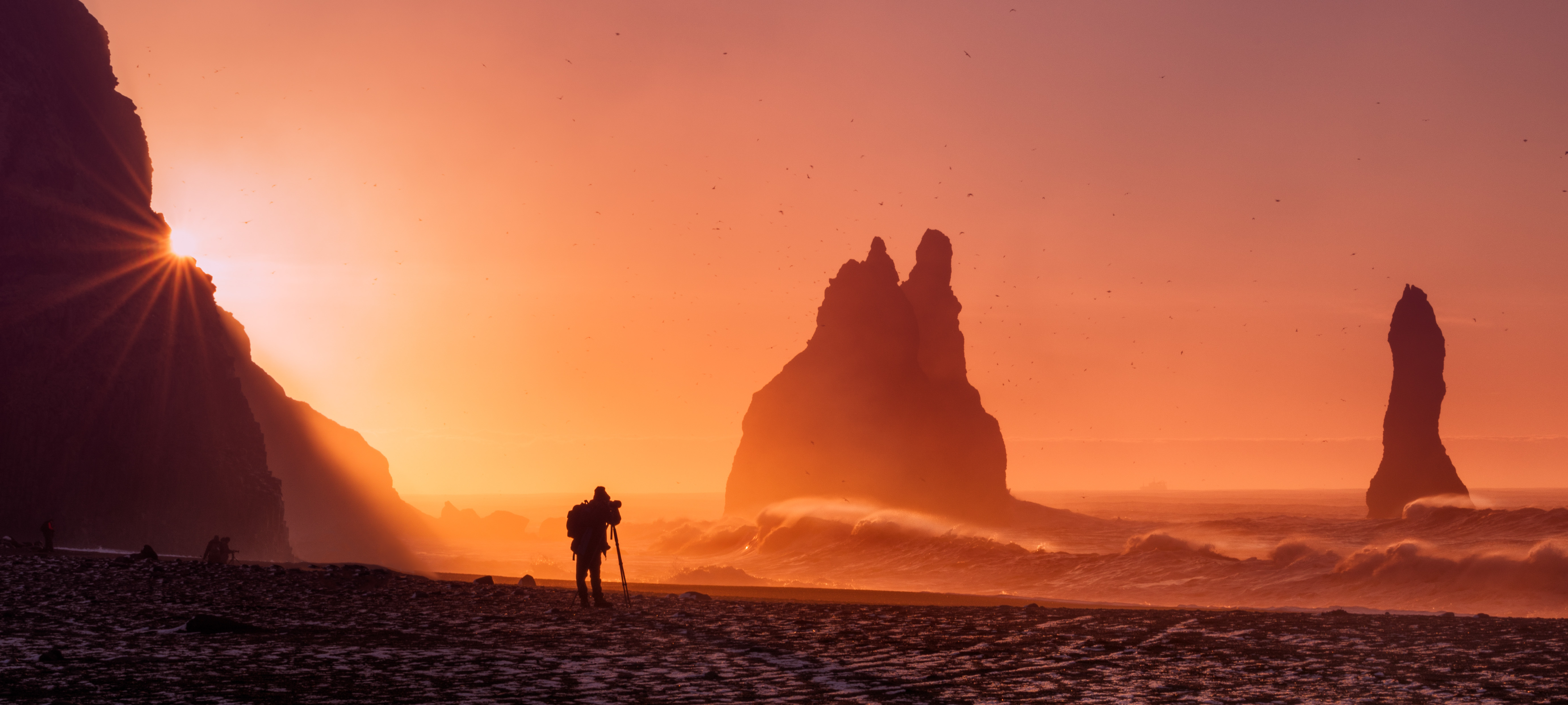
The best panoramic tripod heads are the key ingredient when even the widest of wide-angle lenses isn't enough. Sometimes, the view in front of us is just so wide and majestic that we need to capture all of it, and the best panoramic tripod heads are the way to do it. With these movable heads, you can create a multi-shot panorama comprising multiple stitched-together images to produce a wide vista in high resolution.
This isn't really an effect that's possible to achieve handheld; nobody's hands are that steady! While standard ball heads and video heads include a panning base, panoramic heads give you absolute precision with click-stops at preset intervals. Using this, you'll get consistent image overlaps, making the final edit a breeze.
You don't have to limit your imagination to just wide shots. You can also get more advanced panoramic VR heads that allow you to create multi-row and 360x180-degree spherical panoramas, producing a wraparound virtual reality effect. These are quite advanced techniques, and do require a head that lets you precisely position your camera horizontally and vertically.
If you're really interested in 360-degree imaging, check out our guide to 360 cameras. However, these can't match the resolution possible by using multiple stitched images snapped by a conventional camera, so, for the very best results, break out one of the panoramic heads in our guide!
Best panoramic heads
Why you can trust Digital Camera World
Single-row panoramic heads
These heads are designed for single-row 'wide' shots in a panoramic format. It's what most of us think of as panoramic images, and these heads may offer graduated markings for precise overlaps.
1. Manfrotto 300N
Our expert review:
Specifications
Reasons to buy
Reasons to avoid
The 300N may not look like much, but it’s a precision device. The holes around the main body accept a selector screw, so when you pan the head, it clicks into place at anywhere between 5- and 90-degree intervals. The setting depends on your lens’ field of view and focal length. Don’t forget to add an overlap between shots to help your stitching software.
The 300N’s quality build is reflected in its premium price tag, and you’ll need to top it off with a conventional head or mounting plate. It’s also possible to get similar panoramic results with a regular pan head if you’re careful, but don’t discount the 300N: it has plenty to offer.
2. Neewer Camera Panoramic Panning Base
Specifications
Reasons to buy
Reasons to avoid
This panoramic head is about as simple as you can get – a rotating base with panning stop intervals at every 15 degrees of rotation. Simply attach it directly to a tripod or onto the quick-release plate of your existing ball head. Then it's just a matter of balancing the head using the integrated bubble level, before mounting your camera to the 1/4"-20 mounting screw.
A 10kg payload capacity should be enough for most camera/lens combinations. The head then makes it easy to maintain consistent overlaps for a single-row, horizontal pan, ensuring your stitching software has the best chance of producing a seamless panorama.
Multi-row and spherical panoramas
Spherical VR panoramas require more advanced heads – and more advanced shooting techniques. The initial setup requires carefully positioning the lens's 'entrance pupil' to avoid any parallax shifts with nearby objects, but offers the potential for very high-resolution still image captures.
3. Nodal Ninja 3 MK3 with Rotator Mini
Our expert review:
Specifications
Reasons to buy
Reasons to avoid
The Nodal Ninja doesn’t look like much, but this pared-down head is ideal for shooting spherical or multi-row panoramas. Featuring only essential adjustments, the design is compact and collapsible, weighing just 475g.
Thankfully, build quality hasn’t been compromised, as everything’s precisely machined with no slack between components, while locking clamps hold securely and are very grippy. The diminutive base has been designed so that it can be loaded with optional detent rings for incremental click panning. Choose from huge 120-degree stops if you’re using a fisheye lens, right down to a finely-tuned 10-degree detent ring for making zoomed-in panoramas with a telephoto lens.
Improvements over the previous Mark 2 version of the head include a special surface treatment in the upper rotator that enables a higher load capacity of up to 3.5kg if you complement the head with the optional Rotator D10 base. Just remember that this is still a small head, so it's best suited to mirrorless or DSLR cameras fitted with a fairly compact lens.
4. Rollei Panoramic Head 200 Mark II
Our expert review:
Specifications
Reasons to buy
Reasons to avoid
Rollei’s entry isn’t far off the size of the mighty Manfrotto 303SPH, but with fewer components and a lighter build, it’s half the weight at 1.2kg. The tall vertical arm gives you room to rotate a longer lens, and the 3kg payload capacity is enough for a full-frame DSLR setup.
The pan base has selectable click-stops at 15, 24, 60, and 90-degree increments, and it locks positively into these stops when rotating. The upper, vertical pan motion is just as precise and has click stops every 15 degrees, making it much more useful than the Andoer head when using a longer lens to capture a multi-row panorama. Another nice touch is the bracket linking the horizontal base plate with the main vertical arm. Loosen the clamp under the bracket, and the arm can rotate, swinging your camera out so it can shoot straight down to capture the nadir image with less chance of the tripod being visible in the frame.
5. Andoer PH-720B
Our expert review:
Specifications
Reasons to buy
Reasons to avoid
Dropping big bucks on a head you may only use occasionally can be painful, so this keenly-priced option is tempting. First impressions are good, as the components feel rigid and lock in place positively. There isn’t a great deal of travel along each slider, but it’s enough to centralize a camera up to the size of a small DSLR. Andoer claims a 10kg max load, but this seems optimistic.
The compact rotating base has five click-stop increments at 15, 30, 45, 60, and 90 degrees, though the click action isn’t particularly precise. Rotation is at least smooth, and there’s no excess movement in the bearings. The same precision benefits the vertical arm’s rotation, and this has click-stop points every 30 degrees. The trouble is that’s easily too much vertical panning distance to allow for overlapping shots when using a lens focal length any longer than about 40 degrees, and the arm can’t be securely clamped at positions other than 30-degree increments.
This head is a pleasure to use and very good value, but only if you’ll be using a wide-angle lens.
6. Manfrotto 303SPH
Our expert review:
Specifications
Reasons to buy
Reasons to avoid
Designed specifically for mult-row panoramas, the baffling array of sliders and adjustment options on this head can soon give you a headache. However, it doesn’t take long to learn the basics and find the nodal point, plus all that adjustment means this head can cater for full-frame DSLR setups.
Top-quality engineering and materials ensure everything holds rock steady, though it does result in the 303SPH tipping the scales at a hefty 2.1kg, and it’s not exactly compact. That’s partly due to the inclusion of Manfrotto’s excellent 300N panoramic base (see above), which enables incremental click panning for consistent image overlaps. Considering this alone retails for more than $250 / £250, it makes the 303SPH decent value, though this is still an overly complicated and bulky head for most scenarios.
Five things to look for in a panoramic tripod head
Which camera? There are plenty of panoramic heads out there, but some could be too small to accommodate a large DSLR with a full-frame lens.
On the go: Go for a compact folding head if you've got a small DSLR or mirrorless camera and it can stow in kit bag ready for spontaneous opportunities.
Select software: Even the most trick panoramic head needs to be accompanied by stitching software. There are plenty of powerful options, and some are even free.
Entrance pupil: Shooting spherical panoramas requires a head that lets you rotate your lens around its entrance pupil, so you don't end up with troublesome parallax problems.
Going handheld: Gone out without your panoramic head? You can shoot a single-row panorama handheld – just pan flat and level, ensuring each consecutive shot has a decent overlap with the last. Stitching software will do the rest.
Read more:
The best 360 cameras
How to merge photos for great panoramas
Autopano Giga 4 by Kolor: The only image-stitching program you need?
The best camera deals, reviews, product advice, and unmissable photography news, direct to your inbox!
Ben is the Imaging Labs manager, responsible for all the testing on Digital Camera World and across the entire photography portfolio at Future. Whether he's in the lab testing the sharpness of new lenses, the resolution of the latest image sensors, the zoom range of monster bridge cameras or even the latest camera phones, Ben is our go-to guy for technical insight. He's also the team's man-at-arms when it comes to camera bags, filters, memory cards, and all manner of camera accessories – his lab is a bit like the Batcave of photography! With years of experience trialling and testing kit, he's a human encyclopedia of benchmarks when it comes to recommending the best buys.
